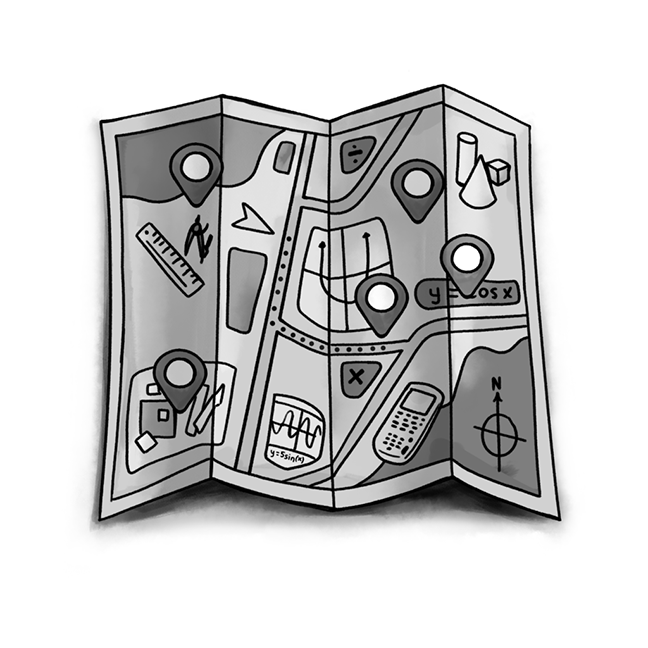Jocelyn Dunnack, Columbia, CT, jocelyndunnack@cpm.org
Feedback is arguably the most critical and powerful aspect of teaching and learning.
-Hattie and Clarke, Visible Learning Feedback
Teachers quickly learn the value of effective feedback and the number of things that can go wrong in delivering effective feedback. We strike a balance between offering the most appropriate observations about students’ work in the moment and the students’ willingness to act on our feedback. How do we phrase our feedback? What is the right tone for this student? Can the student act on this feedback now? Will they find our feedback useful or valuable? Will this feedback disrupt deficit messages that live in our society, schools, and students? If we miss too many of these variables, our feedback does not have the power to change learning as Hattie and Clark have observe
The Professional Learning Team has been learning more about asset-based feedback as a way to manage the emotions, anxieties, and pressures some students feel about receiving feedback. Asset-based feedback is explicit but affirming. It lives on the leading edge of learning, between what is known and almost known. It shows students what they are doing well and the way to move forward in their learning.
We would like to offer this acronym to help all of us deliver more effective feedback:
C- Check in with something personal or academic. Begin the interaction by showing care for students.
A- Assign Competence. Publicly name an intellectual strength. What is something the student (or team) is doing well? Name that skill, habit, mindset, or way of thinking. We often do not know what we do well. Be specific!
N- Notice the point to move forward on.
N- Nugget. Give a little something to help the student move forward. Perhaps a hint, an advancing question, something to learn more about.
You can learn more about asset-based feedback and see it in action in Building on Equity and our new series, Building on Discourse. There is also a handy bookmark to carry while circulating to help you use every interaction to show students that they CANN be powerful doers of mathematics. We hope you will try this protocol and see positive changes in students, your classroom community, and maybe even yourself.
This PDF of the bookmark is in a public conference resources drive. It could be linked in the article, or an image could be used: C.A.N.N. Bookmark (Asset-Based Feedback) (PDF).
